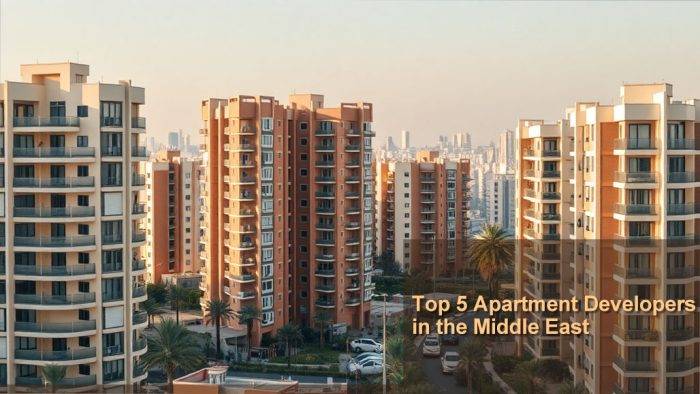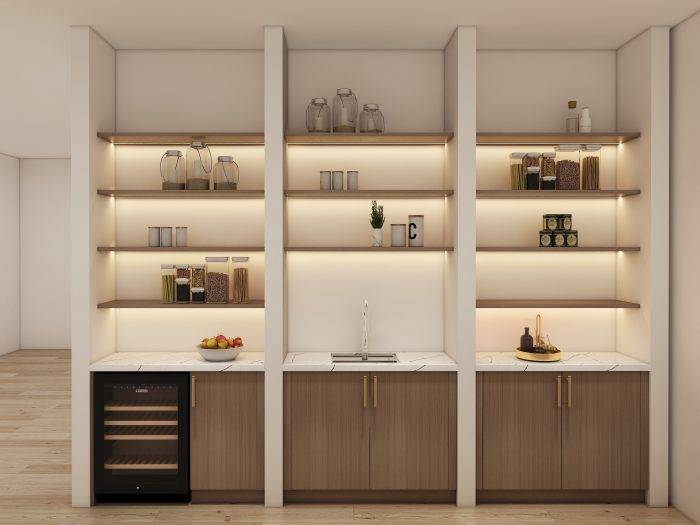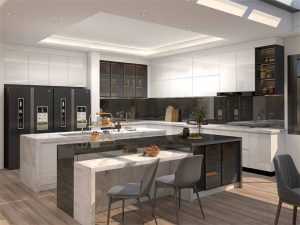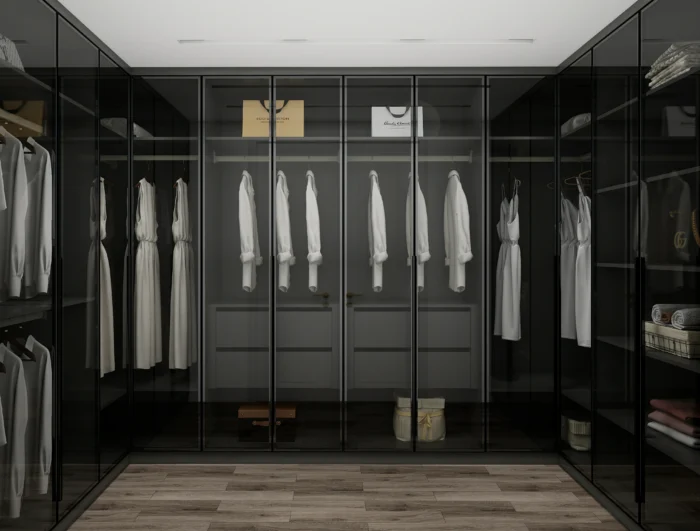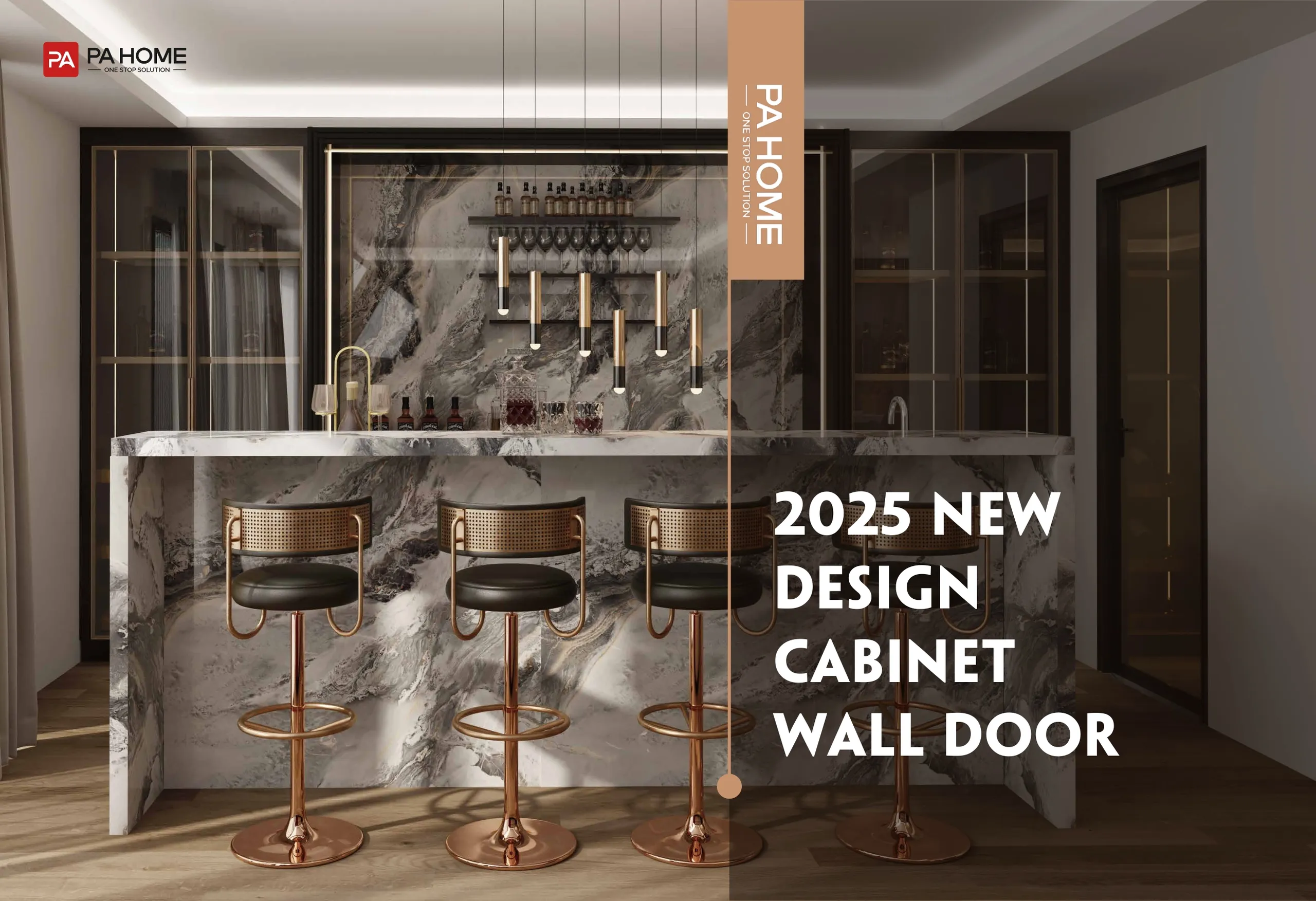Choosing the right kitchen cabinet colors can feel overwhelming. With so many shades and styles, how do you know what really works? Whether you’re remodeling or designing from scratch, the color you choose will define your kitchen’s vibe. This guide breaks it all down.
1. How to Choose Colors That Fit Your Kitchen?
Before picking a paint swatch, ask yourself: what’s your kitchen’s lighting like? Natural light enhances colors, while dim kitchens may make dark tones look gloomy. Small kitchens benefit from light shades that open up the space, while spacious kitchens can handle bold, dramatic tones.
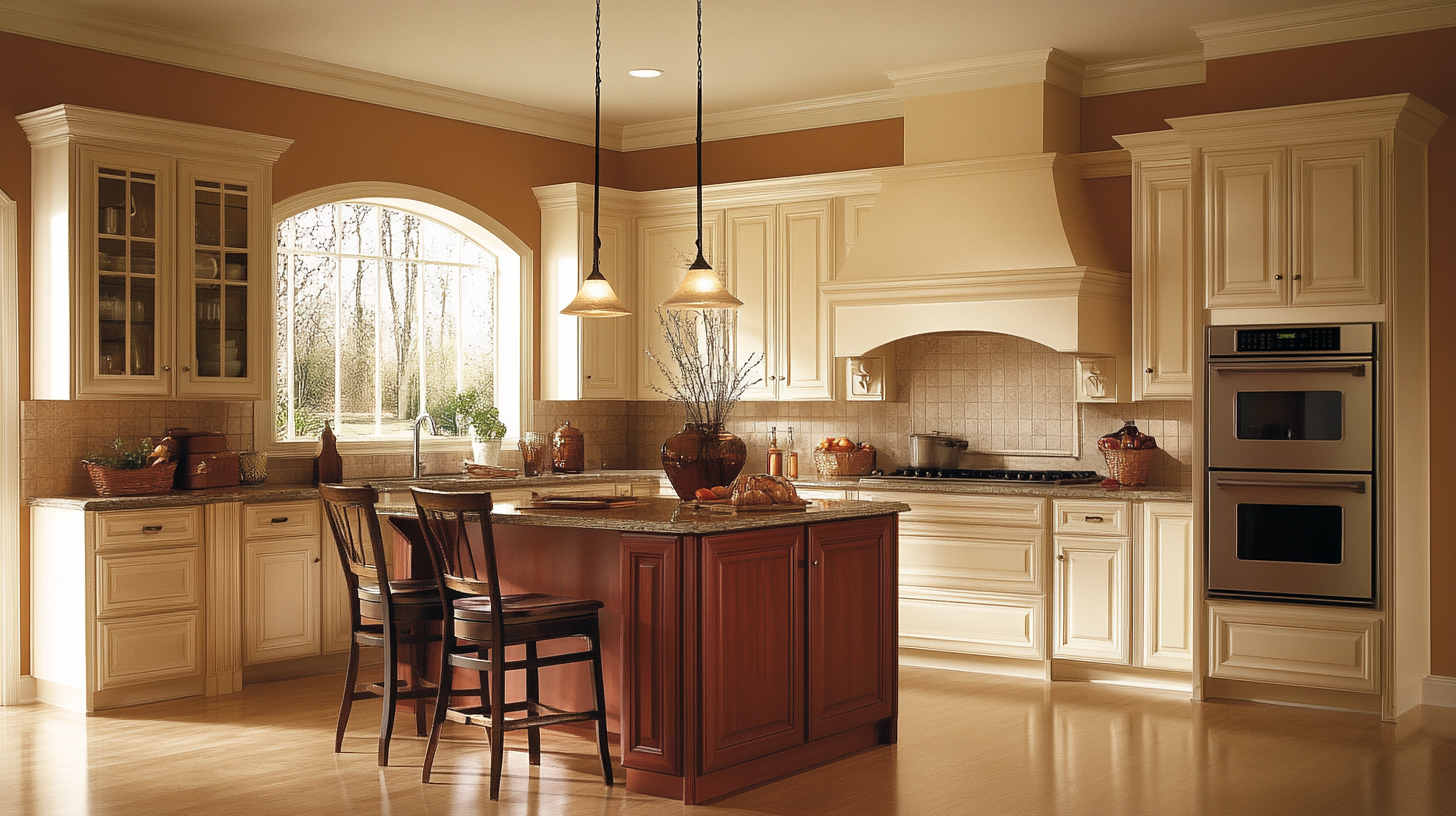
Also consider:
Floor color: Will your cabinet clash with it?
Wall tiles and backsplash: Neutral or patterned?
Your personal style: Minimalist, classic, or bold?
Pro tip: Always test samples at home. Colors can look completely different under your own lighting.
Use light colors in small kitchens to enhance the sense of space.
Dark cabinets will look good in any kitchen regardless of lighting conditions.
2. What Are the Trending Kitchen Cabinet Colors in 2025?
According to Real Simple and Homes & Gardens, 2025 is all about earthy tones:
- Sage green
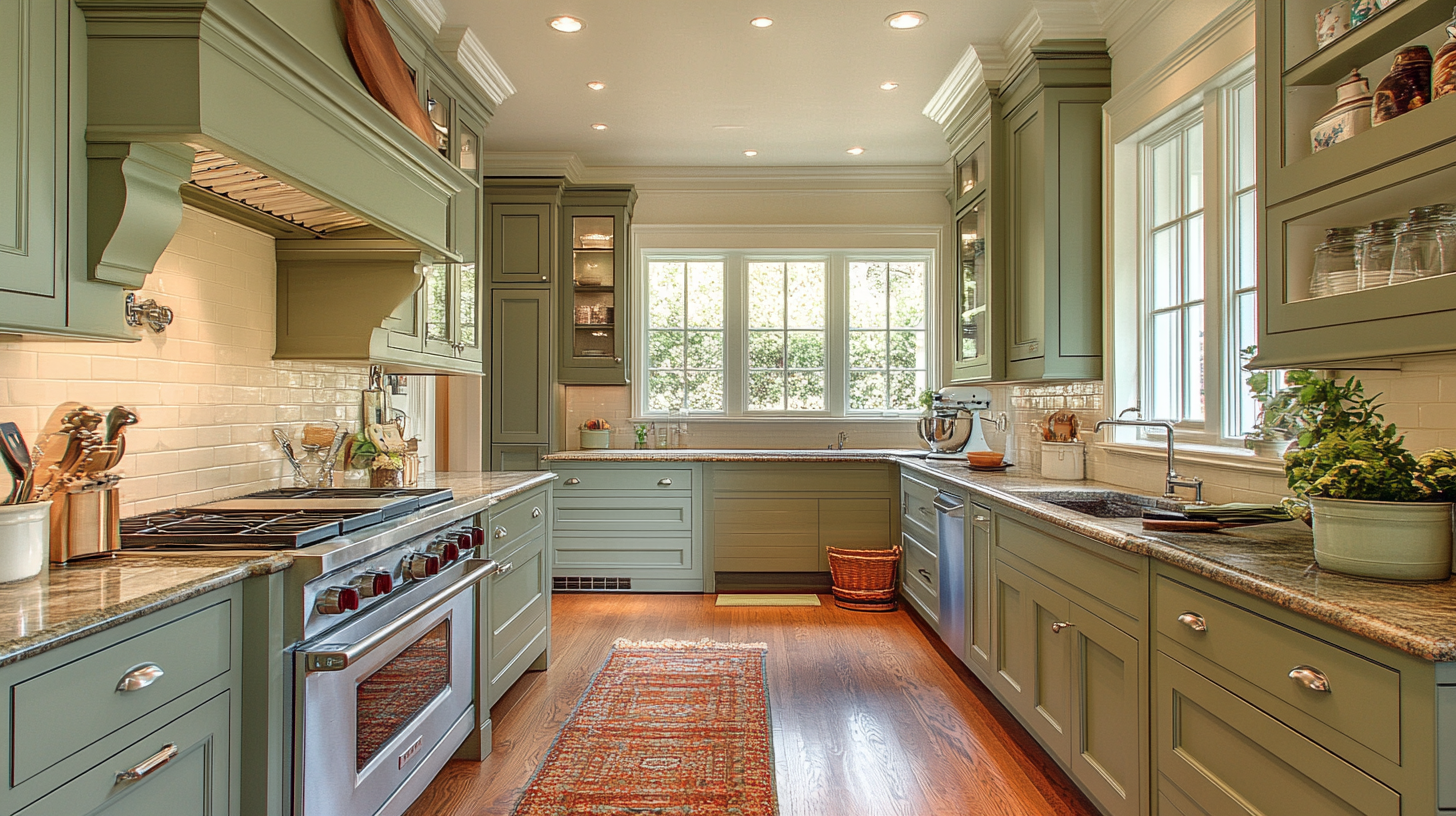
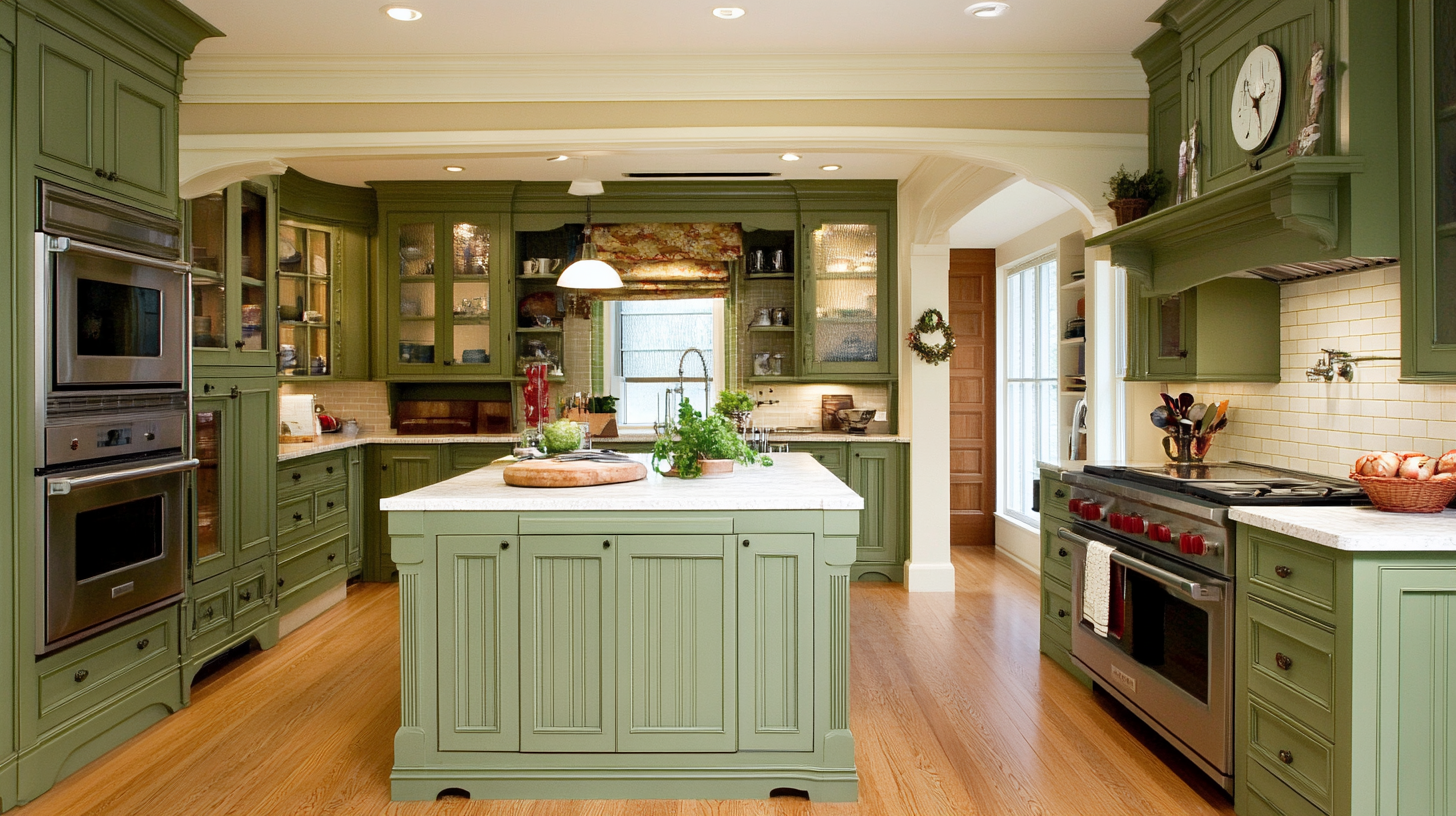
Warm taupe
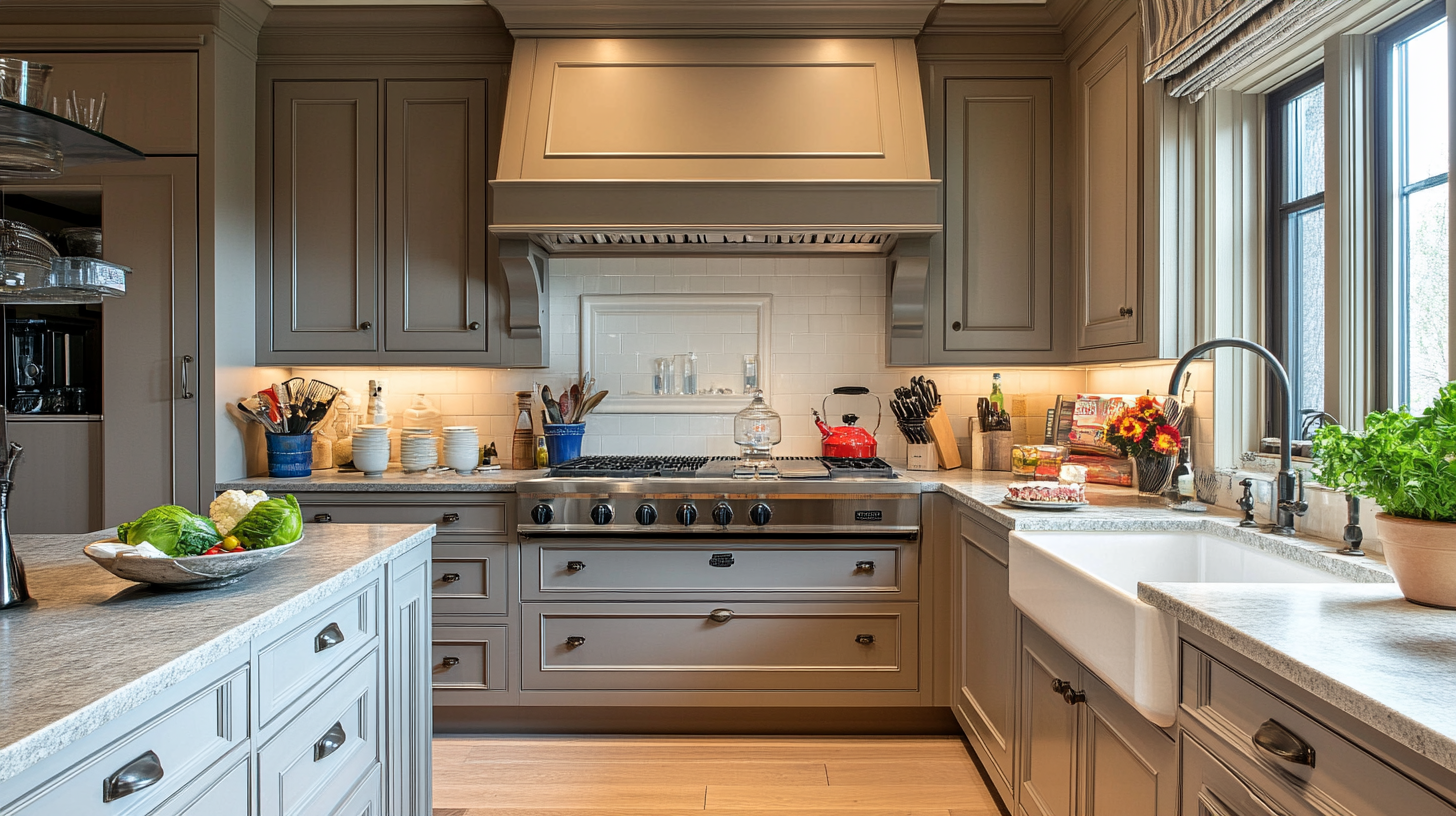
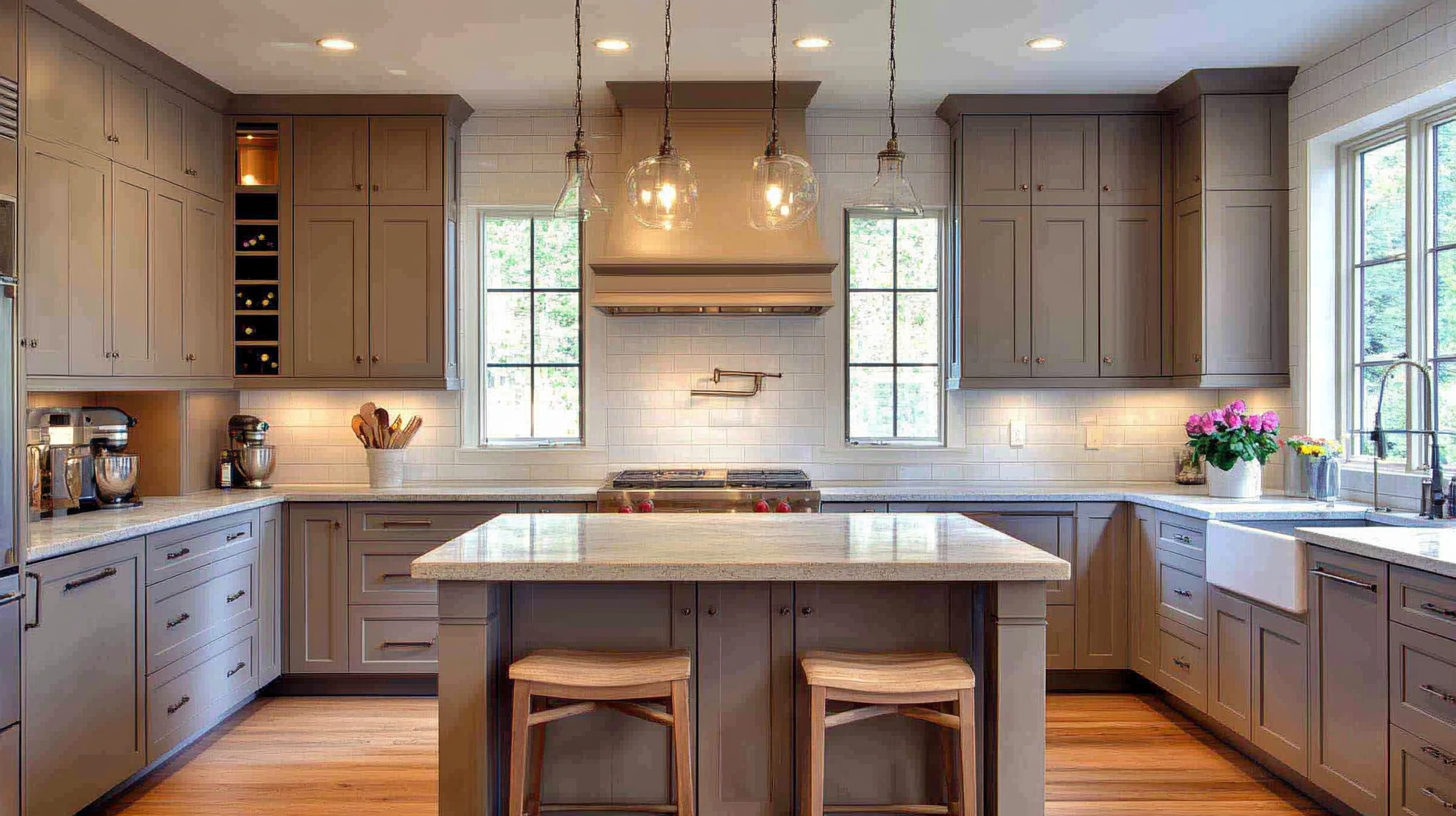
Matte black

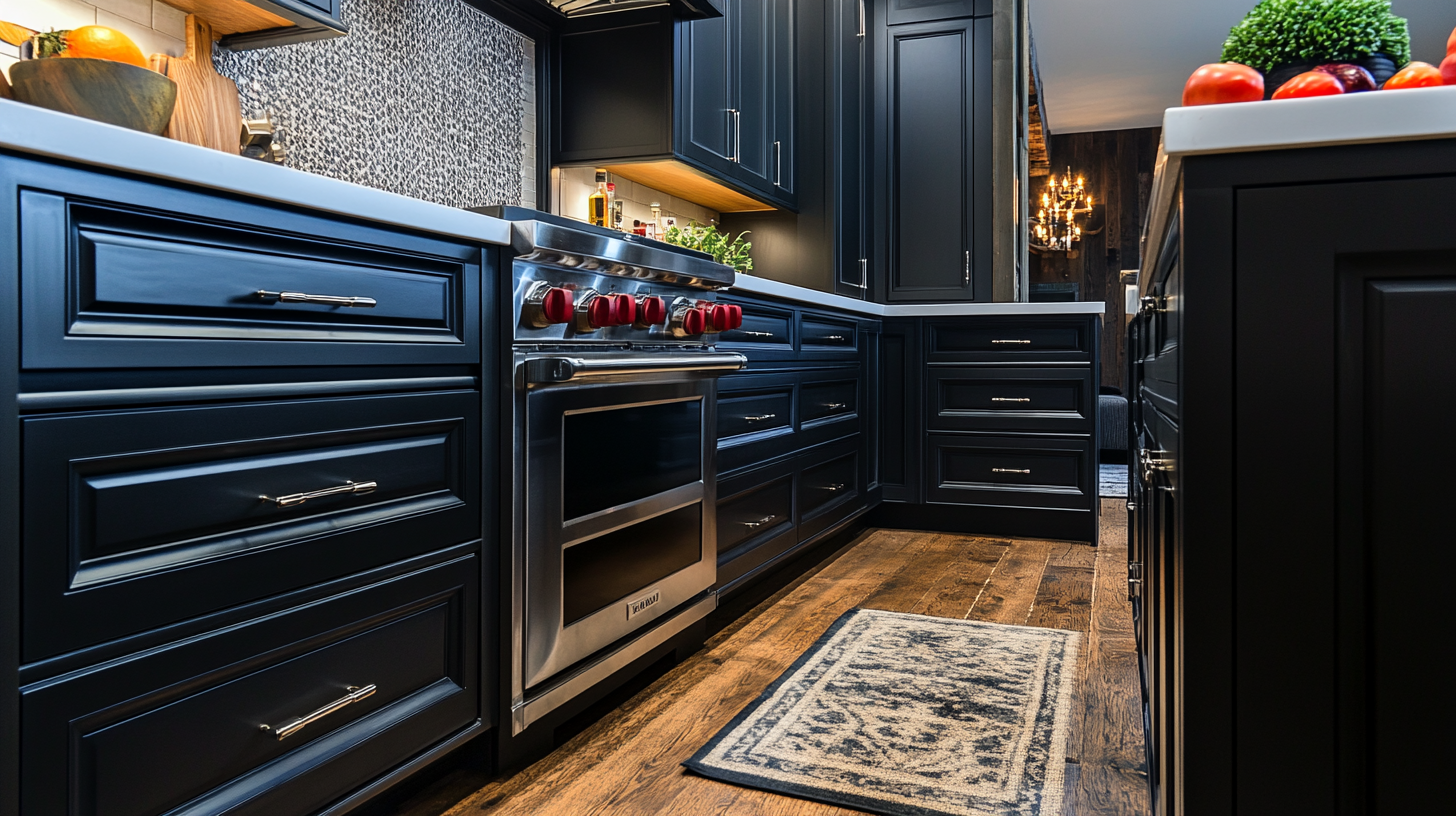
Creamy white
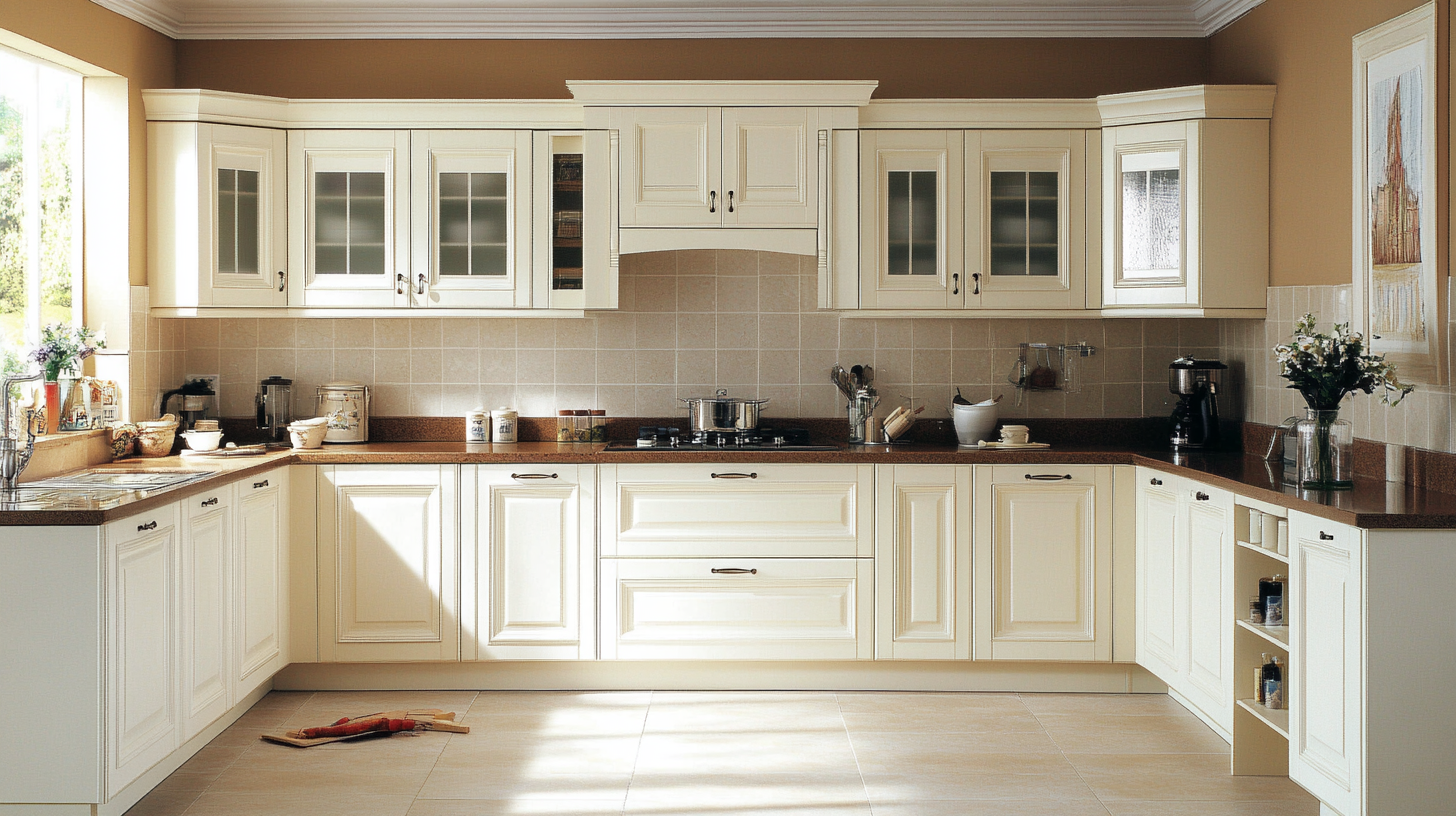

Why? These shades evoke calm, bring warmth, and pair well with wood, marble, and brass finishes. Plus, they’re timeless.
Earth tones like sage or clay are timeless and versatile.
Follow flashy color trends without considering your kitchen’s existing finishes.
3. How to Match Cabinet Colors with Floors and Walls?
Your cabinet color shouldn’t fight with your floors.
Wooden floors are suitable for matching with soft colors such as beige and light gray.
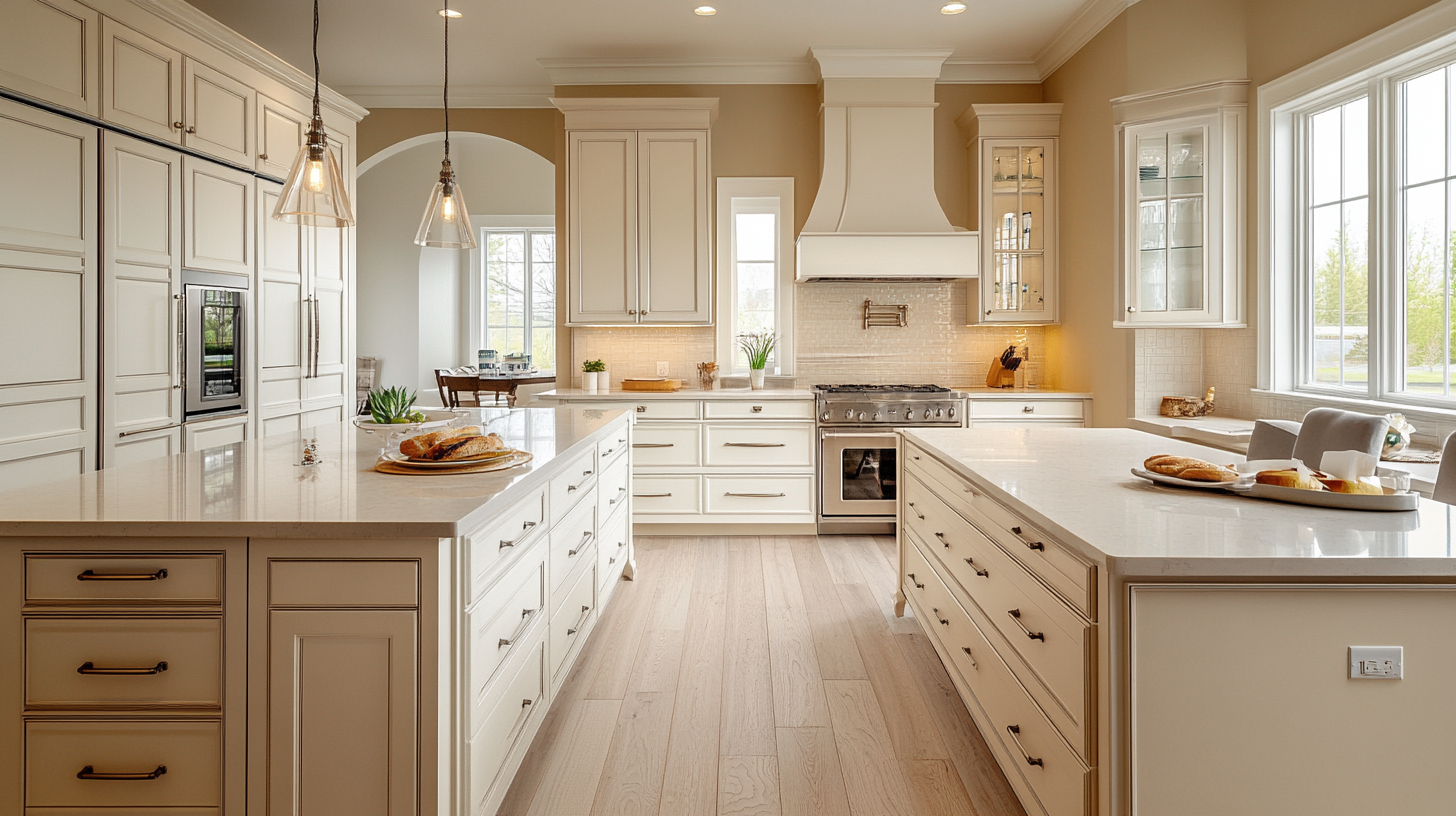
if it is light-colored floor tiles, you can match it with dark cabinets to enhance the contrast.
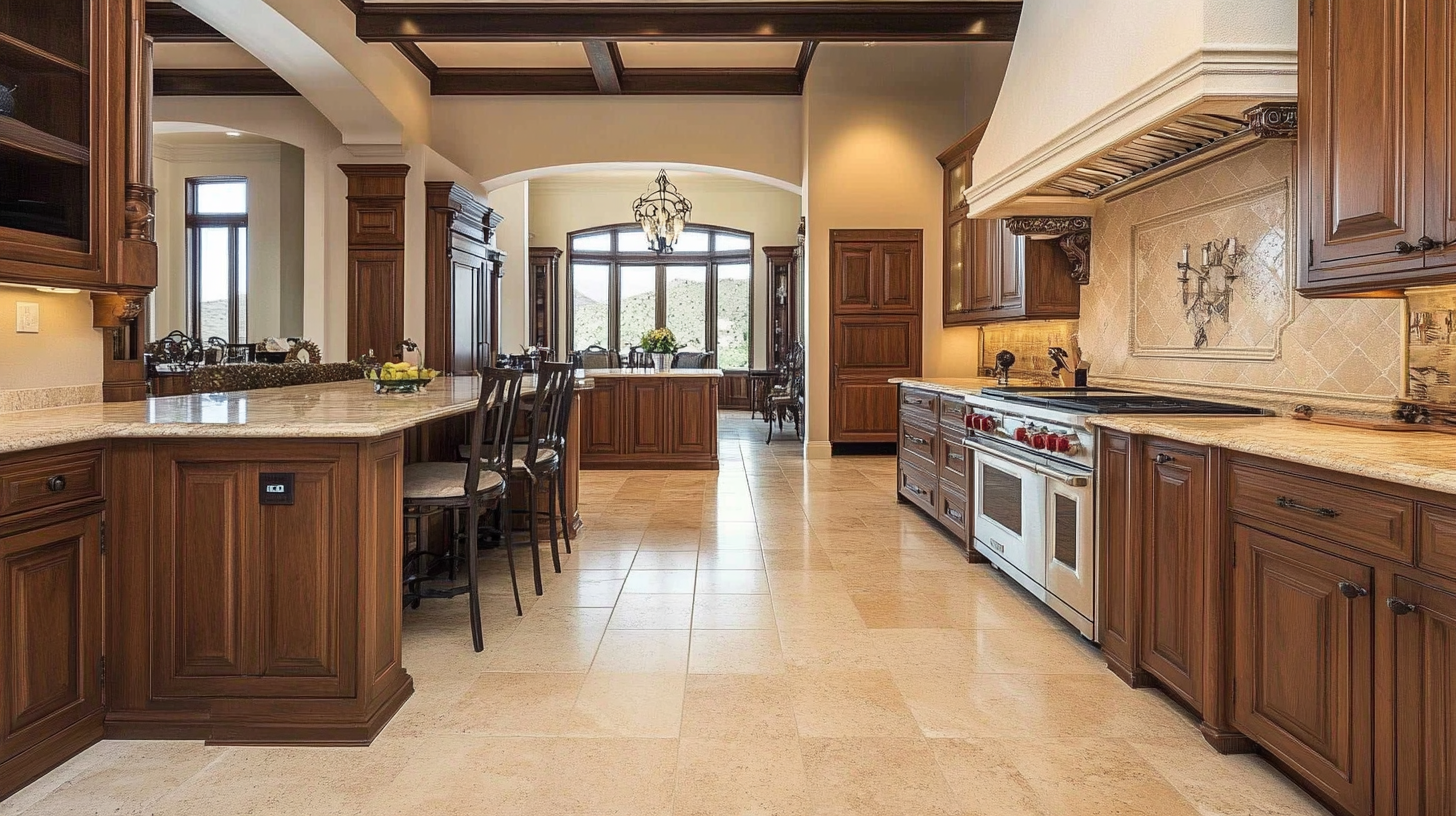
Think in threes:
Countertop
Wall/backsplash
Keep one of them neutral to avoid chaos. It’s like choosing an outfit—jeans, top, shoes. All loud? Too much. One loud, two subtle? Perfect.
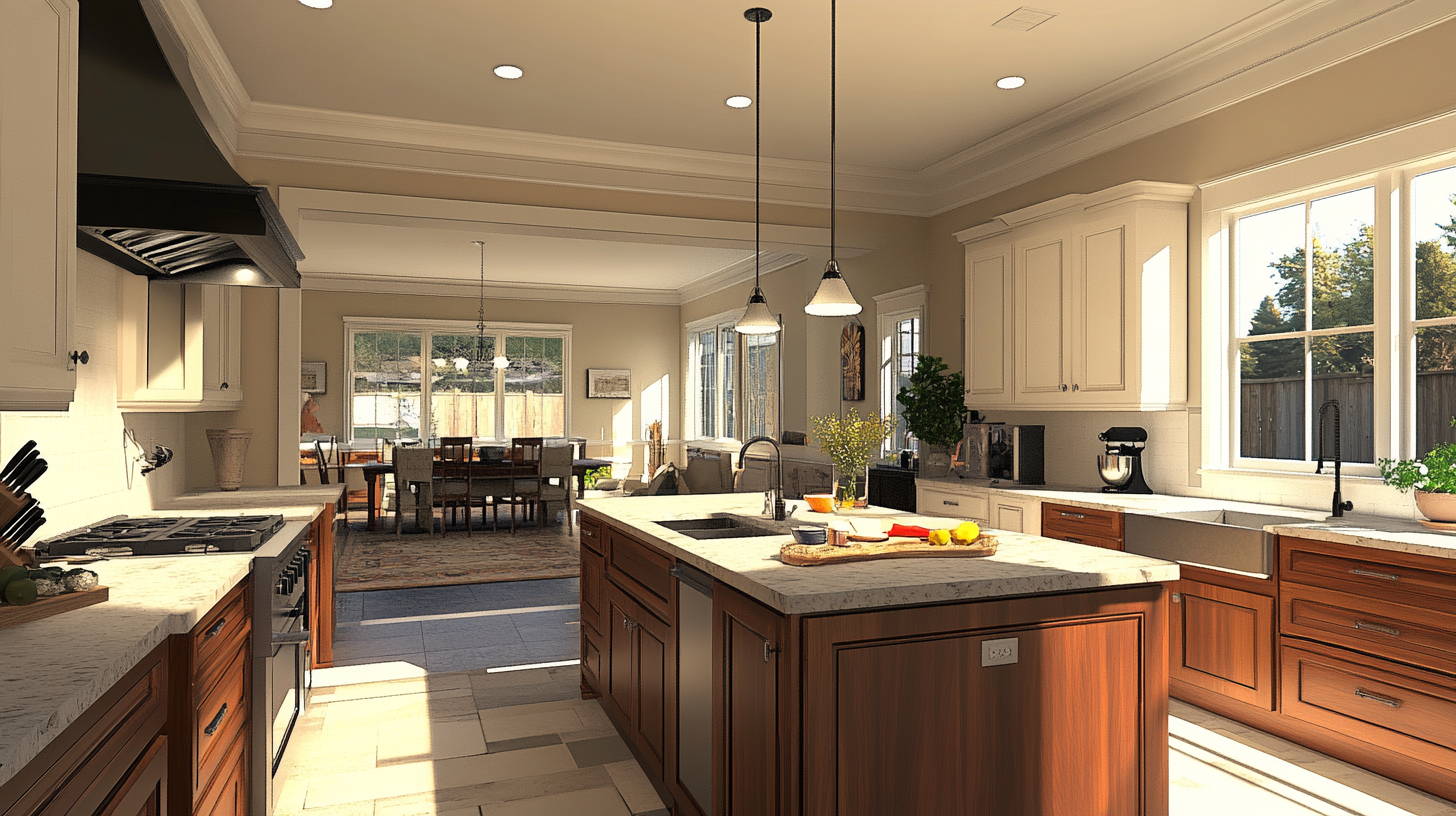
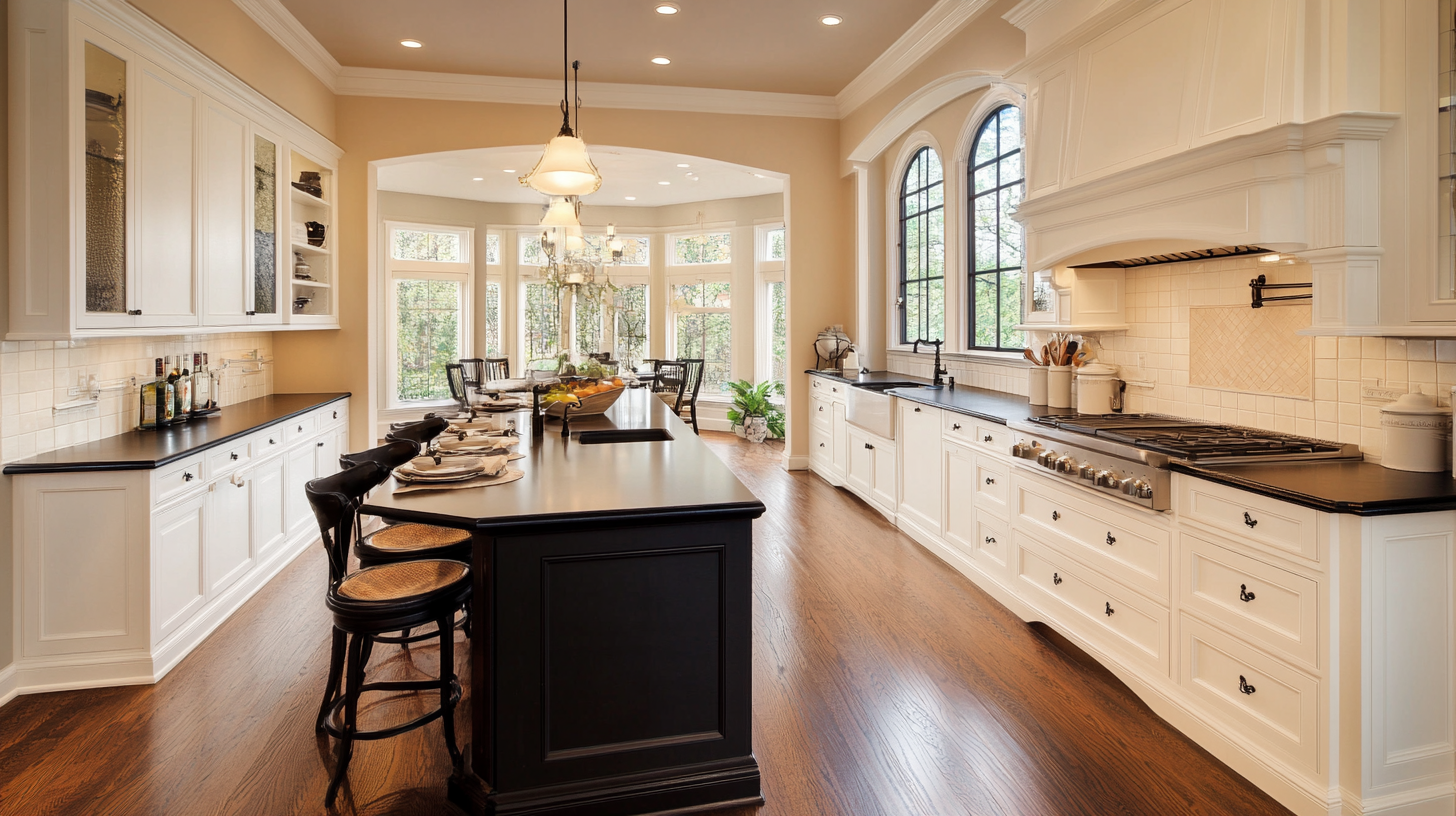
Balance the palette by keeping one of the three major surfaces neutral.
Use bold colors on all elements, creating a cluttered and chaotic look.
4. Should You Try Two-Tone Cabinets?
Absolutely. Two-tone cabinets give kitchens dimension and interest without overwhelming the space.
Popular combos:
- White uppers + navy or forest green lowers
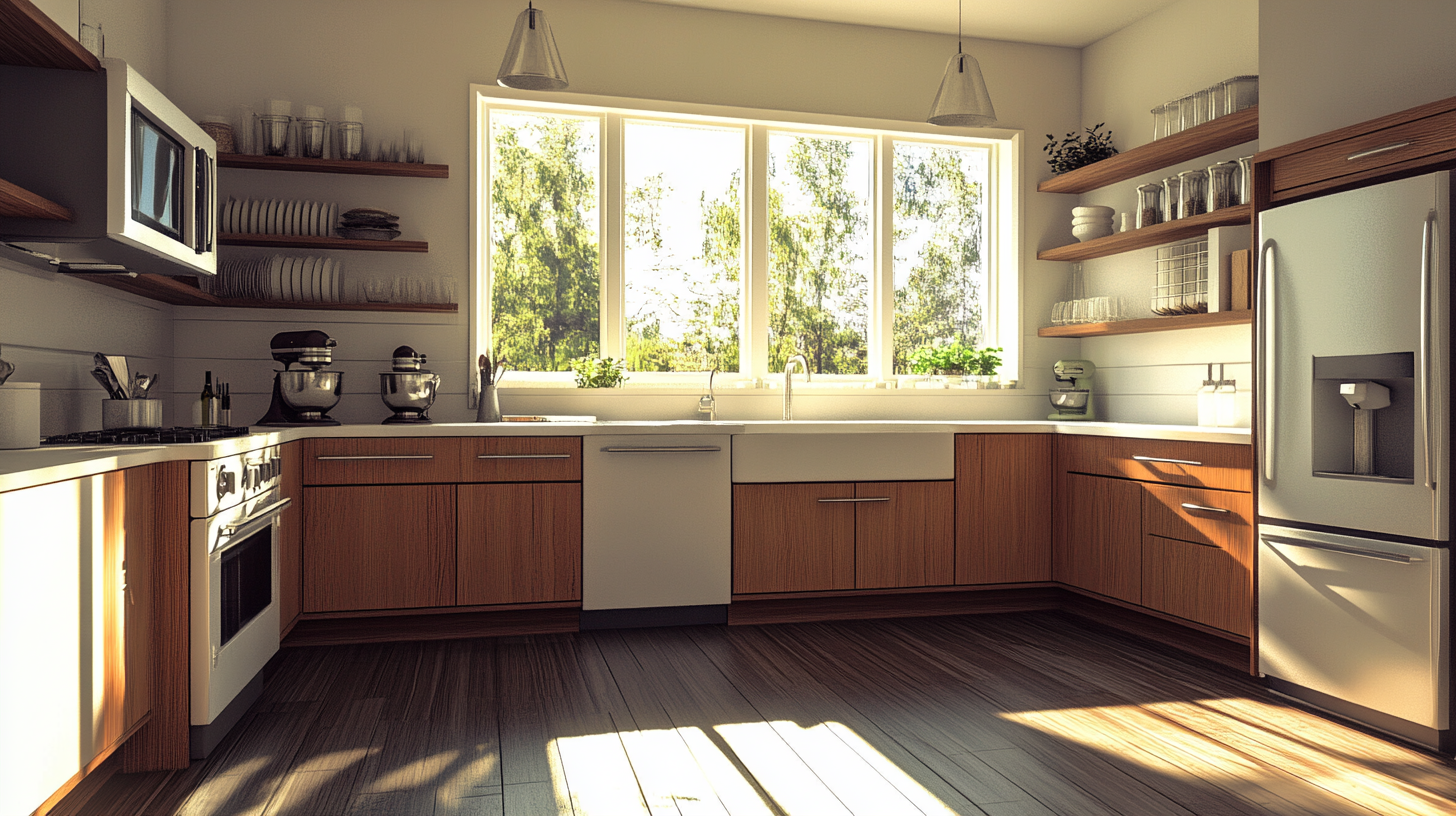
Wood grain lowers + matte white uppers
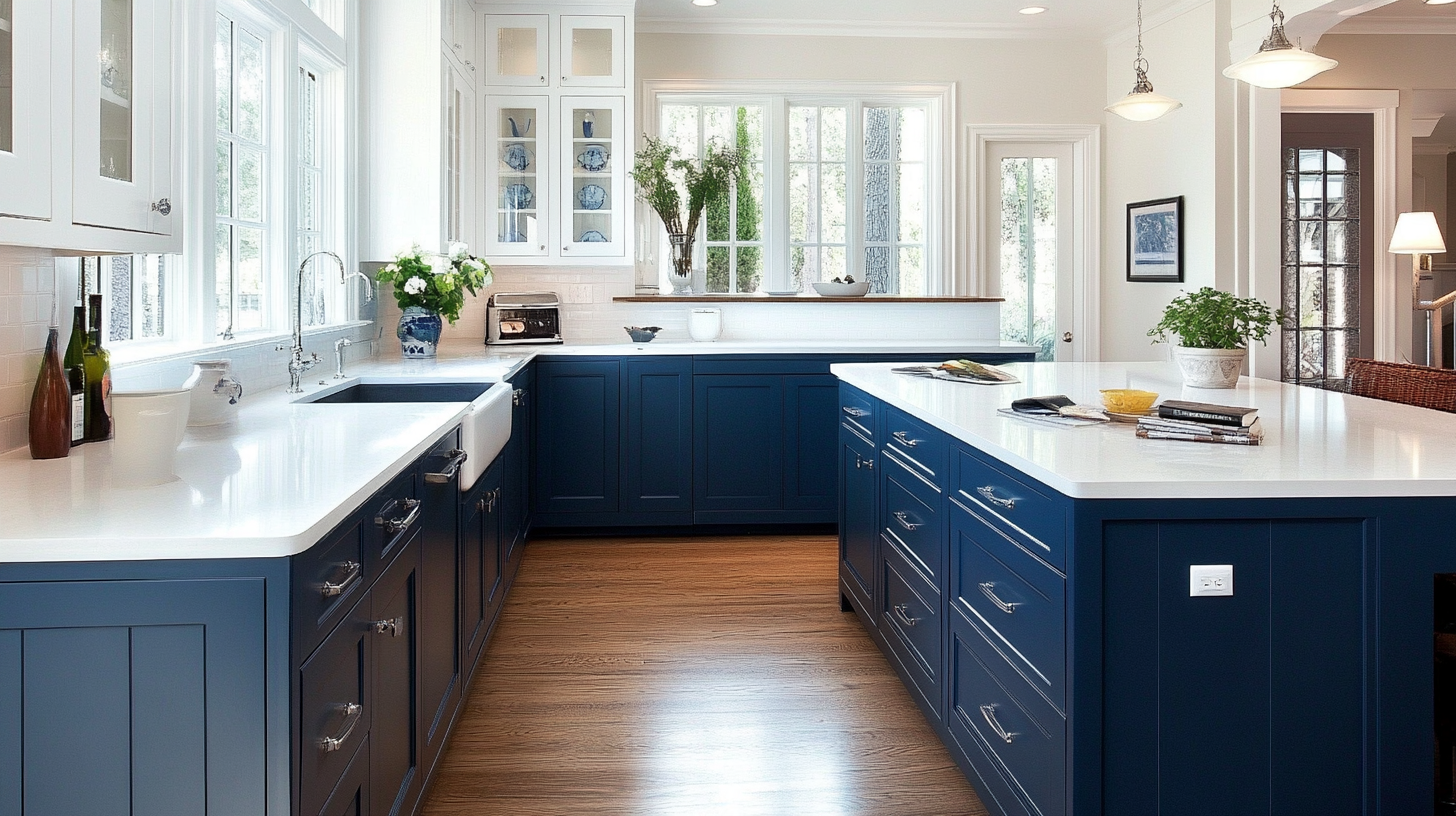
Charcoal base + warm beige wall cabinets

They break up visual bulk and give you flexibility when adding decor or hardware.
Use two-tone cabinets to create depth and style contrast.
Mix random colors without ensuring they coordinate in undertone and style.
5. How Do Cabinet Colors Shape the Mood of a Kitchen?
Colors aren’t just pretty—they influence how we feel:
Blue: calming, crisp, great for coastal or modern kitchens
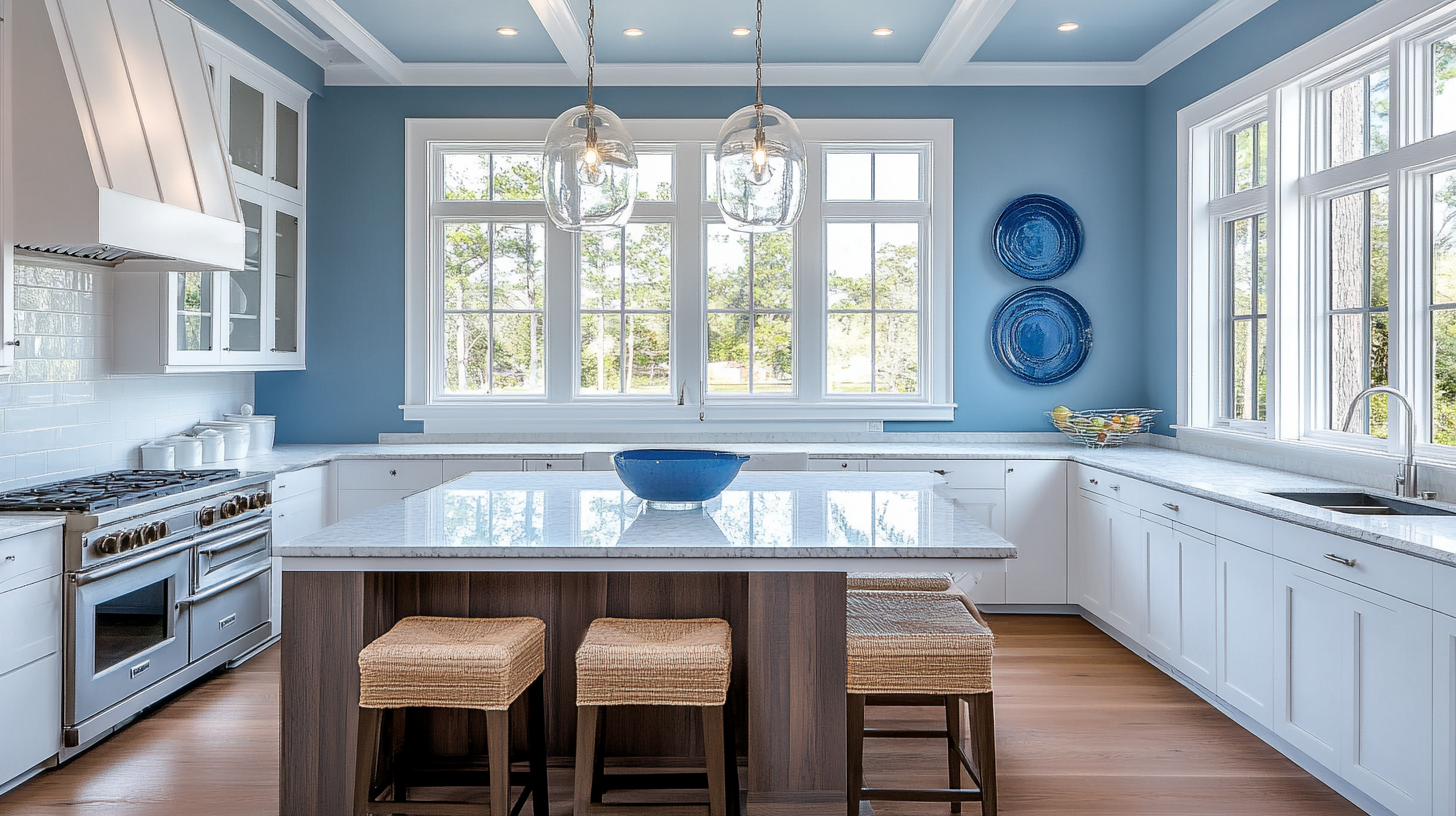
Yellow: energizing and cheerful, use as an accent
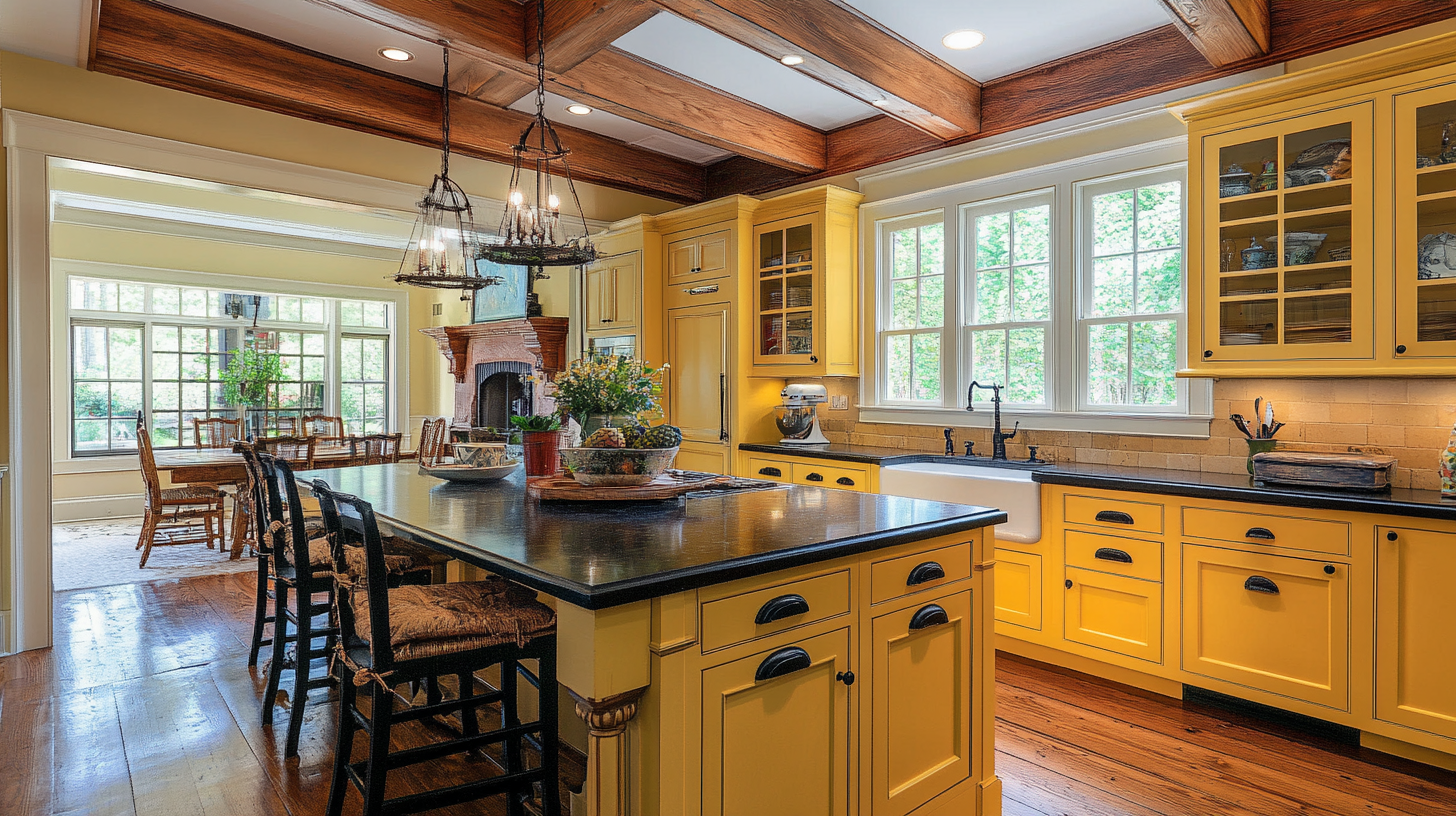
Black or gray: moody, elegant, sleek
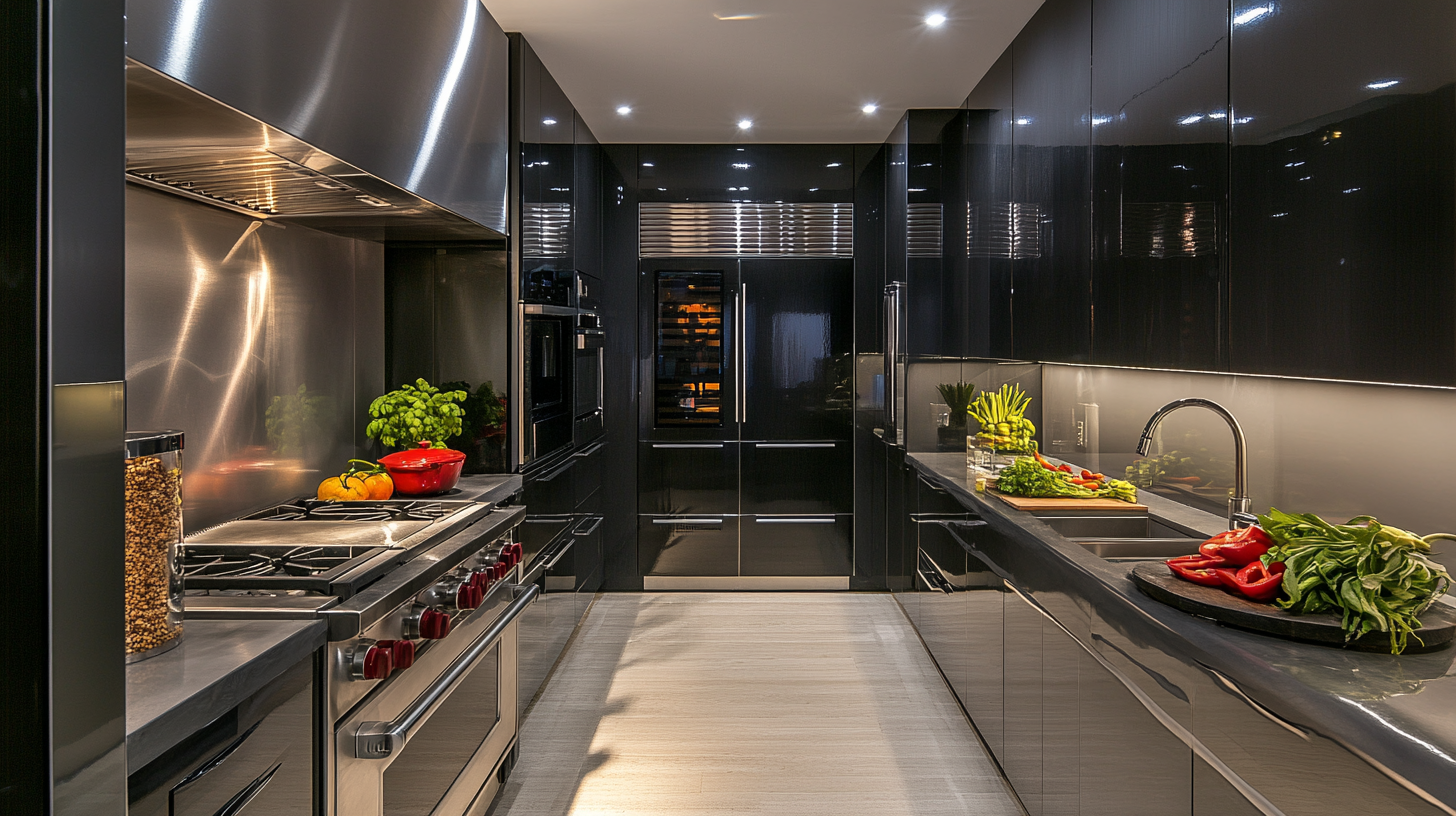
Want a cozy, lived-in feel? Use warm tones like caramel, almond, or terracotta.
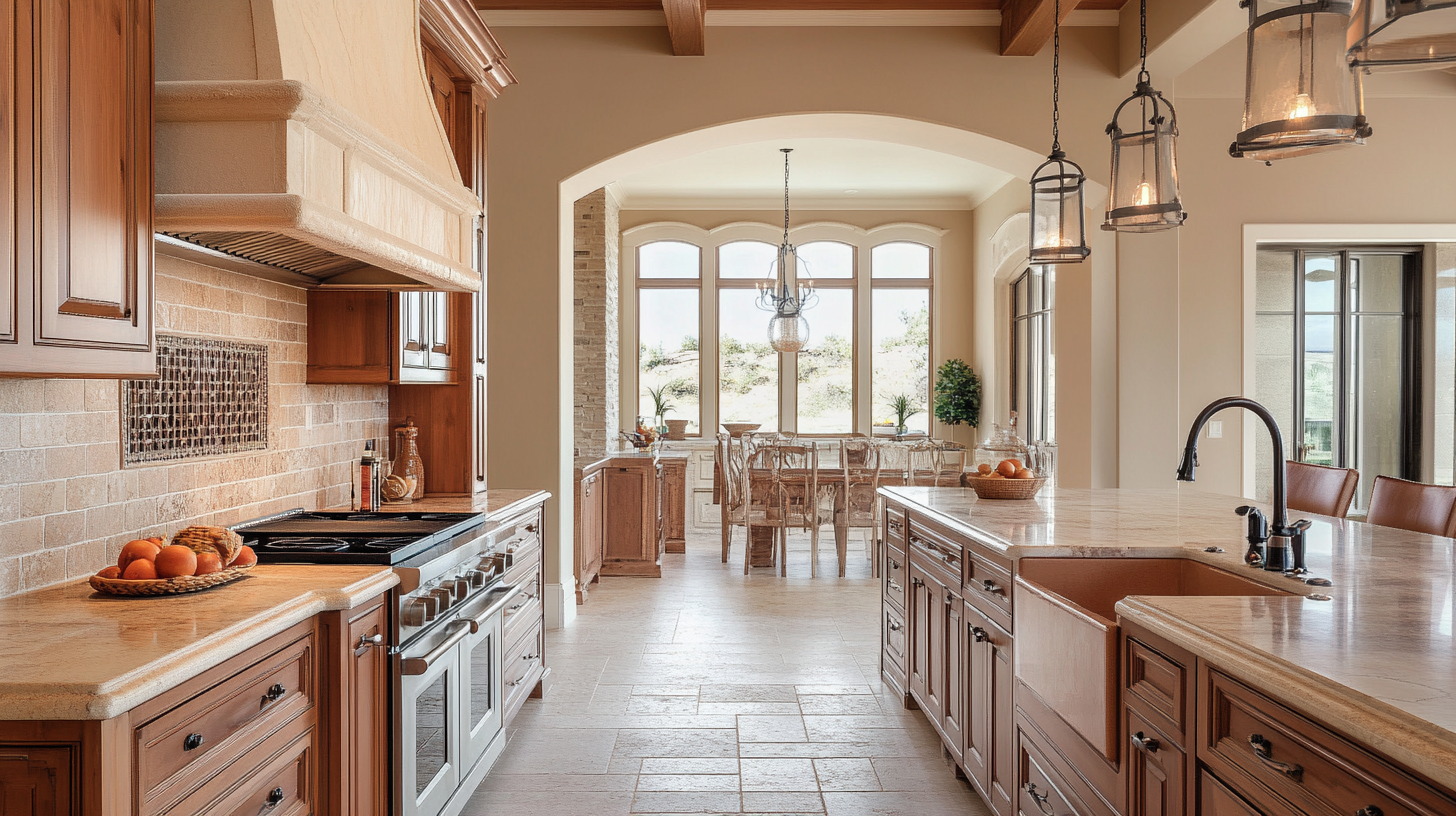
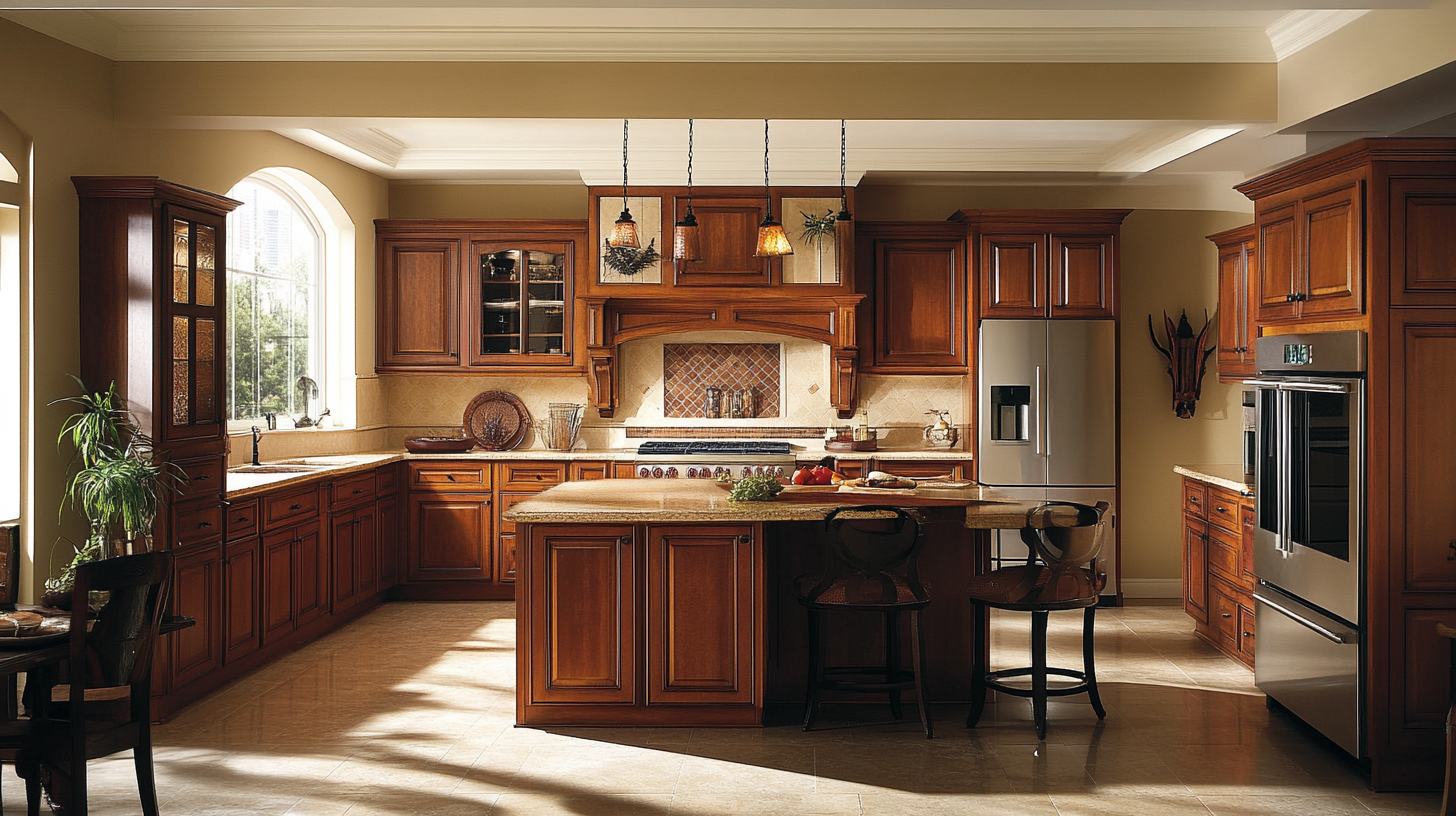
Choose cabinet colors that reflect the mood you want to create.
Pick colors solely based on popularity without considering emotional impact.
6. What Are Common Color Mistakes to Avoid?
Ignoring lighting: A beautiful color can turn muddy in low light.
Using too many bold shades: Stick to 2–3 tones.
Not testing paint: Always try swatches on-site.
Following trends blindly: Love your kitchen, not someone else’s Instagram.
Design is personal. Aim for balance, not perfection.
Sample colors in your space before committing.
Copy a Pinterest look without considering your real-life conditions.
7. How Does Budget Affect Color and Finish Choices?
Budget can affect your options—but doesn’t have to limit style. Painted cabinets cost less than stained wood. Laminate or thermofoil finishes mimic high-end looks at lower prices.
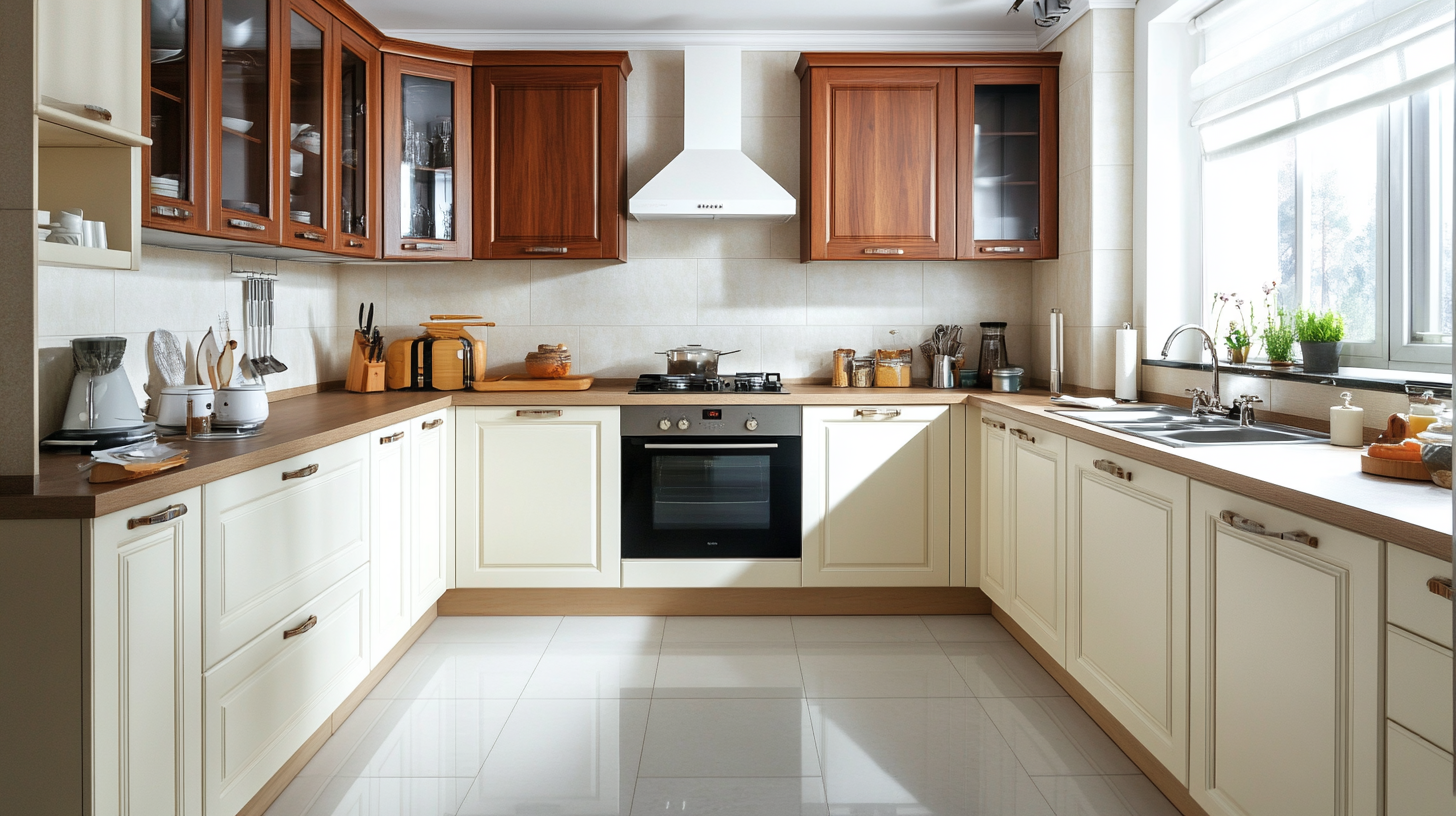
Money-saving tips:
Use bold color on fewer cabinets (like the island)
Reface instead of replace
Choose semi-custom vs. full custom
Remember: Light finishes often hide wear better than dark ones.
Prioritize cost-effective finishes like laminate when on a budget.
Assume you need solid wood to get a premium look.
8. How Can You Refresh Cabinets Without Replacing Them?
New look, no demolition? Easy.
Try:
Painting: Use cabinet-specific enamel paint for lasting results
Peel-and-stick film: Budget-friendly and removable
New handles or knobs: Small change, big impact
If your cabinets are solid, there’s no need to start from scratch.
Refresh cabinets with paint or hardware if they’re in good shape.
Replace cabinets just because you don’t like the color.
Final Thoughts
Kitchen cabinet color isn’t just a design choice—it’s a mood setter, a style statement, and an investment in daily happiness. When done right, it transforms the kitchen into a space where life happens beautifully.
Need expert guidance or custom cabinet solutions? Reach out to PA Kitchen—your trusted partner in tailored kitchen design.
FAQs
Stick to timeless neutrals like white, gray, or beige, or choose soft natural tones like sage green or warm taupe. These colors blend well with most kitchen materials and adapt easily to style changes over time. Testing samples under your actual kitchen lighting is key to long-lasting satisfaction.
Yes! Light-colored cabinets, such as white or pale gray, can make small kitchens feel more open and airy. In contrast, dark tones can create a cozy, grounded feel in larger spaces but may make tight areas look smaller. The right color can visually transform your kitchen size.
You don’t have to match—just coordinate. Choose one element (cabinet, countertop, or floor) as the visual anchor and keep the others neutral or complementary. For example, dark cabinets can pop against light floors and counters, while similar tones across all three can create a seamless, calming look.

